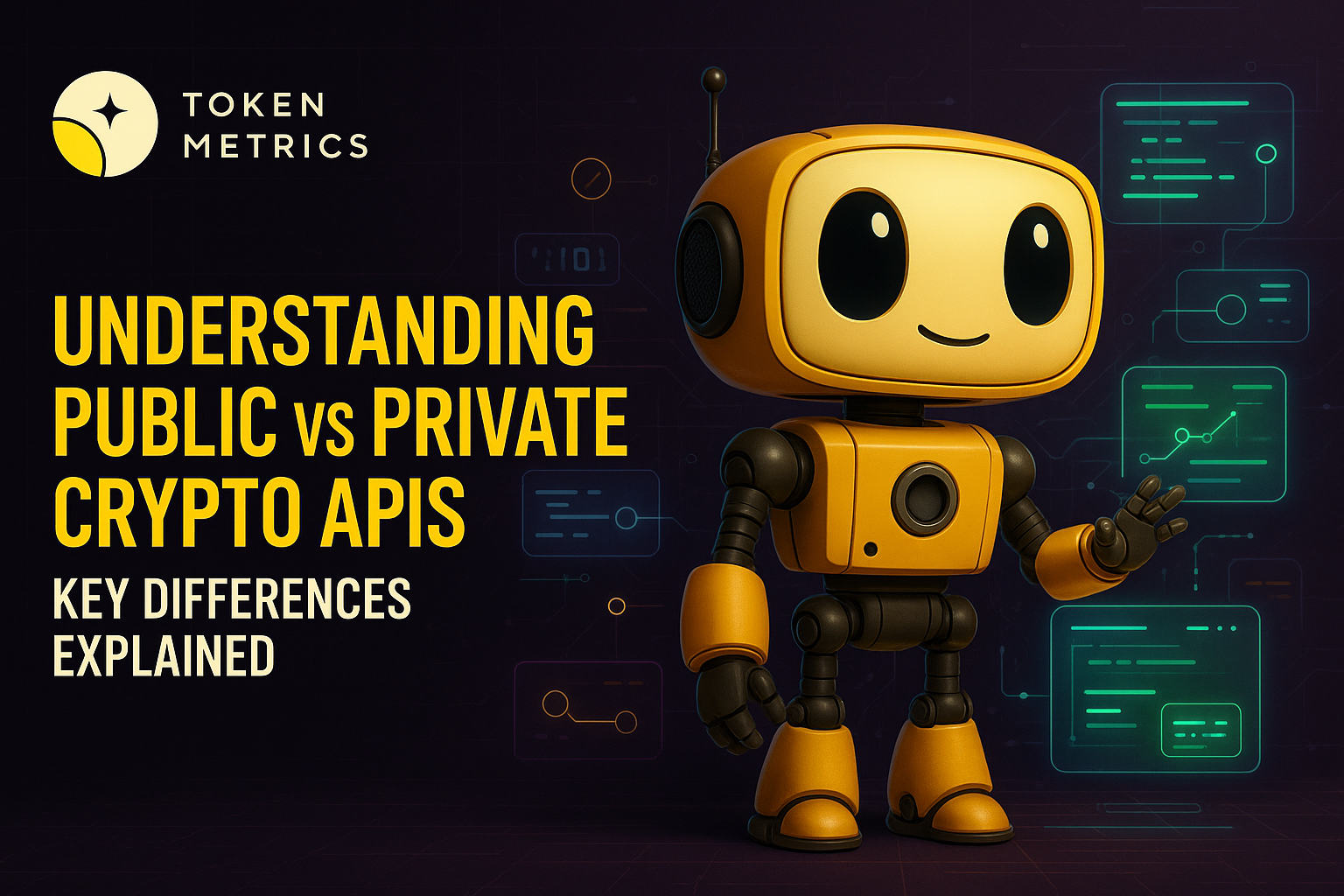What is Wash Trading and How to Identify It?

The financial market can be a mysterious and complex world to navigate, especially for novice investors. It's no secret that there are some shady practices that can take place in it, and one of the most prevalent is wash trading.
In simple terms, wash trading is a practice in which an investor buys and sells the same asset, such as a stock or cryptocurrency, in rapid succession, with the intention of creating the illusion of market activity and inflating the asset's price.
In this article, we'll dive deep into what wash trading is, how it works, and most importantly, how to identify and avoid it.
What is Wash Trading?
Wash trading is, when an individual or group of people buy and sell the same asset to create a false sense of trading activity. The goal of this practice is to manipulate the market by making it seem like there is more demand for an asset than there actually is.
This leads to a rise in the asset's value, which the individuals conducting the wash trade can then take advantage of.
Now, you might be thinking, "Well, that doesn't sound too bad. What harm could it do?" Well, the problem with wash trading is that it's illegal.
It's considered market manipulation and can result in fines, legal action, and even jail time. Not to mention, it's unfair to honest traders who are playing by the rules.
How Does Wash Trading Work?
Wash trading can take many forms, but the most common method involves an investor using multiple accounts to buy and sell the same asset. This creates the appearance of multiple buyers and sellers, when in reality, it is just one person or entity behind all the transactions.
For example, let's say an investor owns 100 shares of ABC Company's stock. The investor uses one account to sell the shares for $10 each, and then immediately uses another account to buy the shares back for $12 each.
The investor has effectively created the illusion of market activity and has also artificially inflated the assets price.
Wash trading can also be done by colluding with other investors to create the illusion of market activity. In some cases, a group of investors will agree to buy and sell an asset amongst themselves, with the intention of inflating the price and then selling the asset to unsuspecting buyers.
Why is Wash Trading a Problem?
Wash trading is a problem for a number of reasons. Firstly, it creates an unfair advantage for the investor who continues to engage in this unethical practice.
They are able to artificially inflate the price of an asset, which can lead to unsuspecting investors buying in at a higher price than they should. This is particularly damaging for new or inexperienced investors who may not be aware of wash trading and its effects.
Wash trading can also lead to market instability and volatility. When an asset's price is artificially inflated, it can create a bubble that eventually bursts, leading to a rapid drop in price. This can have a ripple effect on the market as a whole, potentially leading to panic selling and a market crash.
Also Read: Pump and Dump Schemes - How to Spot and Avoid Investment Scams
Examples of Wash Trading
There have been several high-profile cases of wash trading in recent years, particularly in the world of cryptocurrency. Here are a few examples:
Bitfinex and Tether: In 2018, the New York Attorney General's office accused cryptocurrency exchange Bitfinex and its affiliated stablecoin issuer Tether of engaging in a massive wash trading scheme. The scheme allegedly involved Bitfinex using Tether's USDT stablecoin to artificially inflate the price of Bitcoin and other cryptocurrencies, creating a false sense of demand. The case is still ongoing.
Mt. Gox: Mt. Gox was once the largest Bitcoin exchange in the world, but it infamously collapsed in 2014 after it was revealed that it had lost hundreds of millions of dollars worth of its users' Bitcoin. It was later discovered that Mt. Gox had also been engaging in wash trading, which helped to artificially inflate the price of Bitcoin on its platform.
How to Detect Wash Trading in the Market?
Identifying wash trading can be difficult, as the practice is designed to create the illusion of market activity. However, there are a few red flags to look out for:
Abnormal trading volumes: If you notice that an asset is experiencing unusually high trading volumes, it could be a sign of wash trading.
Abnormal price movements: Wash trading is often used to artificially inflate the price of an asset, so if you notice that an asset's price is moving in an abnormal or inconsistent way, it could be a sign of wash trading.
Suspicious trading patterns: If you notice that the same investor is buying and selling an asset at the same time, or if a group of investors are all buying and selling an asset amongst themselves, it could be a sign of wash trading.
How to Avoid Wash Trading?
The best way to avoid wash trading is to do your research before investing in any asset. Look for assets with high trading volumes and solid fundamentals, and be wary of assets that seem too good to be true.
It is also important to keep an eye out for red flags that may indicate wash trading, such as abnormal trading volumes, abnormal price movements, and suspicious trading patterns.
If you suspect that an asset is being manipulated through wash trading, it is best to avoid investing in that asset altogether.
Finally, it is important to stay educated and informed about the market and its practices. The more you know, the better equipped you will be to recognize and avoid unethical practices like wash trading.
Wash Trade vs Cross Trade
Wash trading and cross trading are both market manipulation techniques that involve buying and selling securities or assets to create false activity and inflate prices.
The key difference between the two is that wash trading involves buying and selling the same asset, while cross trading involves buying and selling different assets at the same time.
Wash trading is often used to create the illusion of market activity, while cross trading is often used to manipulate prices for a particular asset or group of assets.
Both practices are illegal in most financial markets and can lead to heavy fines and legal penalties for those caught engaging in them.
Is Wash Trading illegal in Crypto?
Wash trading is illegal in most financial markets, including the cryptocurrency market. The practice is considered a form of market manipulation that creates false activity and distorts prices, which can harm investors and disrupt the market as a whole.
In the United States, the Commodity Futures Trading Commission (CFTC) has taken action against several cryptocurrency exchanges for engaging in wash trading, and has imposed heavy fines on those found guilty.
Additionally, many cryptocurrency exchanges have implemented measures to prevent wash trading on their platforms, such as using trading volume as a metric to determine the validity of trades.
The Bottom Line
In conclusion, wash trading is a sneaky and illegal practice that can have serious consequences for traders and the market as a whole. Remember to always do your research, stay informed, and be wary of red flags that may indicate wash trading.
With a little knowledge and vigilance, you can avoid falling victim to this harmful practice and make smart, informed investment decisions.
Also by understanding the signs of wash trading and taking action to report it when necessary, investors and traders can help to keep the market fair and transparent for everyone.
Disclaimer
The information provided on this website does not constitute investment advice, financial advice, trading advice, or any other sort of advice and you should not treat any of the website's content as such.
Token Metrics does not recommend that any cryptocurrency should be bought, sold, or held by you. Do conduct your own due diligence and consult your financial advisor before making any investment decisions.
Create Your Free Token Metrics Account

.png)




%201.svg)
%201.svg)


%201.svg)










.svg)




.png)